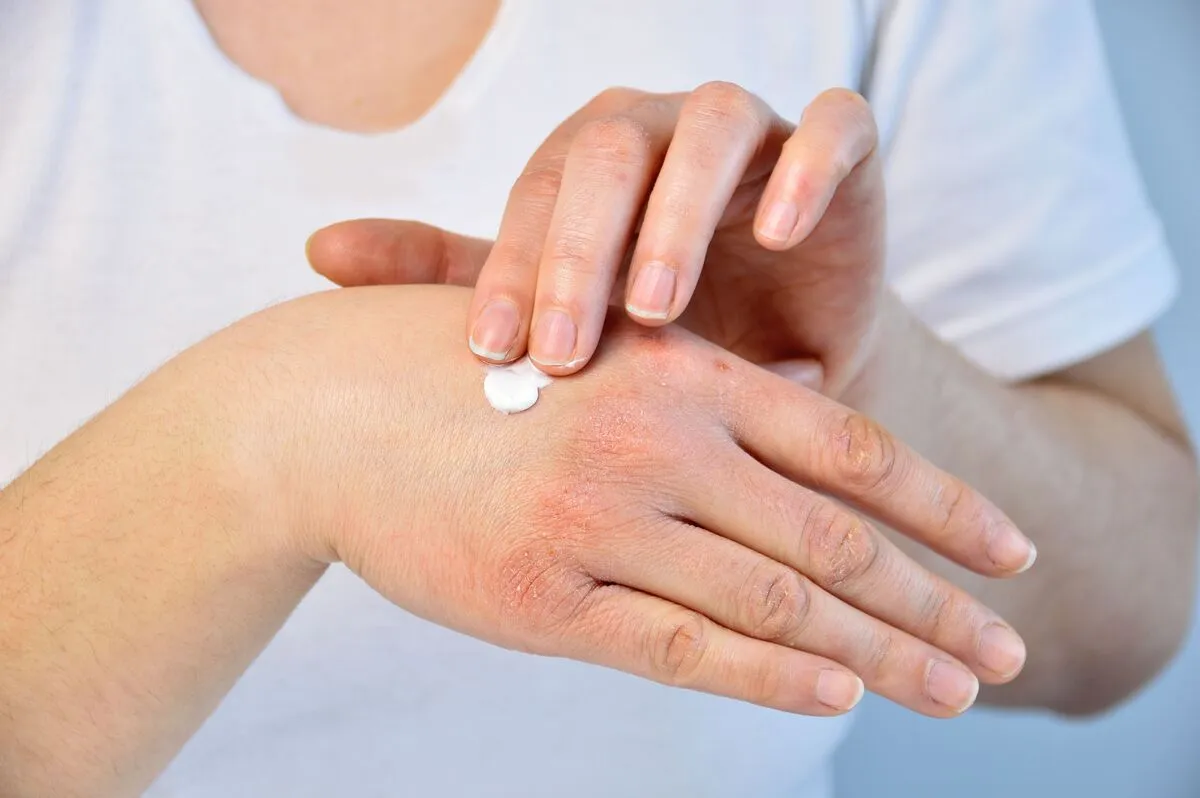Health Centers across Iran Using Home-Made Nano-Based Medicine to Treat Cutaneous Leishmaniasis

A knowledge-based company has been able to mass-produce ointments to treat the CL disease that are very simple to use and are much higher effective than common and standard methods.
Easy access to the advanced and effective drug has been provided even in remote areas after distribution of the medicine in Iran’s health centers.
“Amphotericin B nanoliposomal formulation has been used in production of the ointment. This drug is a topical nanoliposome containing amphotericin B drug, which is an antiparasitic drug that we developed for the treatment of the CL disease,” said Ahmad Pourahmadi, the managing director of the company.
“At present, we do not have a medicine that can compete with the effectiveness of this liposomal form of amphotericin B for local use,” he added.
Noting that over 30,000 people are affected by the CL disease in Iran every year, Pourahmadi said, “This nano-based ointment has no foreign sample and was produced by using nanotechnology.”
Earlier, a knowledge-based company in Iran had also unveiled a new medicine for the treatment of ulcers resulting from the CL disease.
Leish G1 drug was produced as a result of numerous cell, animal and human studies, which is used with new formulation and effective ingredients to treat the wound of the cutaneous leishmaniasis disease.
Cutaneous leishmaniasis is the most common form and causes skin lesions, mainly ulcers, on exposed parts of the body. These can leave life-long scars and cause serious disability or stigma. About 95% of CL cases occur in the Americas, the Mediterranean basin, the Middle East and central Asia.
4155/v





















